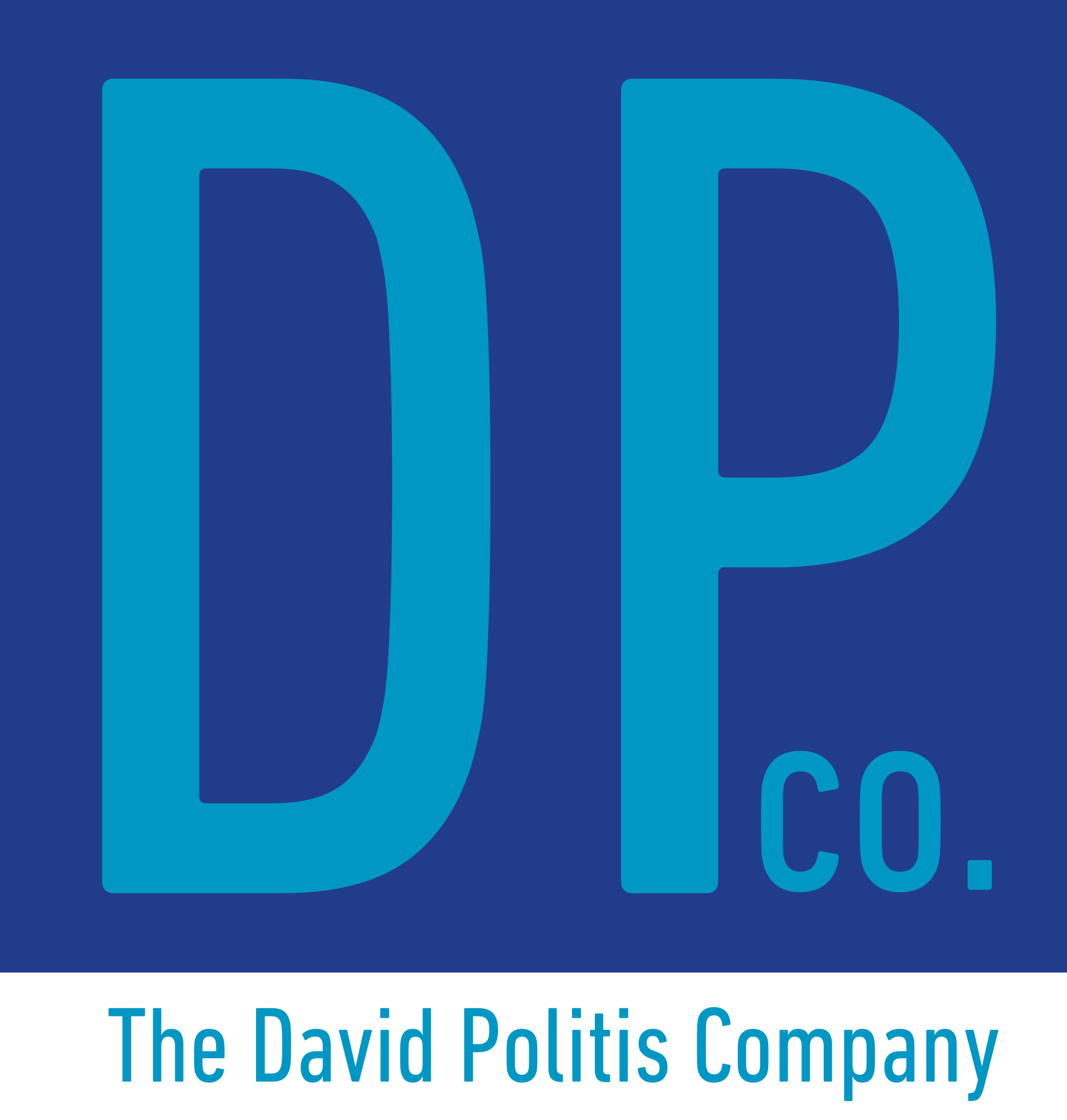10 May The Rush to 500 Billion Broadcast Channels
{SUMMARY: As a young PR professional, the concept of working in a future world with 500 television/cable channels was a far-off dream. Today, I believe we are moving toward a reality of 500 billion Broadcast Channels. If I am correct, the implications of such a transformation are mind-boggling for everyone, as well as for every business, government and non-profit on the planet.}
= = = = = = = = = = = = = = = = = = = = = = = = =
Growing up in the San Francisco Bay Area in the 1960s, I was happy to have three different TV channels — ABC, CBS and NBC. {NOTE: PBS wasn’t around yet; it didn’t get started until 1970.}
And I remember watching those grainy black and white shows. Heck, I even recall watching the Beatles perform live for the first time on the Ed Sullivan Show.
Now fast forward with me from the mid-60s some 25 years to 1992. Cable and satellite television were in their youth, superstations WGN, WTBS and WOR were available almost everywhere, and ESPN, CNN, TNT, HBO and Showtime were continuing to rack-up growing viewer totals. In other words, with new options at their disposal, consumers were able to access dozens of channels at the click of a button.
Enter into this growing morass Mr. John Malone, then CEO of Tele-Communications Inc. (TCI), the largest cable operator at the time. It was in late ’92 that Malone pronounced that TCI’s technological advancements presaged a day when TCI would be able to deliver 500 channels to its subscribers.
500 channels? The thought was mind-numbing.
How would it be possible? What shows would these channels carry? Who would watch these shows? And how in the world could they ever make money?
And yet today the concept of 500 channels seems naive, especially when one considers that there are at least 1 BILLION channels on YouTube alone. But a YouTube channel is not the same as a television or cable channel, or is it?
Broadcast Channels Redefined
In my historical definition of what it meant to “broadcast” something, I include
- One-to-many distribution,
- Via a transportation mechanism,
- Be it wired or wireless (including satellite or through-the-air transmission),
- Via a broadcasting station (or network) that is either privately owned or government-owned,
- With the sharing of either Live or Recorded content,
- Content that was then received by consumers via some type of physical device (aka, a radio or television).
The explosive growth of technology has
made today’s world a very different place.
That was then.
But the explosive growth of technology over the past 30+ years (especially the creation of the World Wide Web, the Internet and the so-called Mobile Internet), has made today’s world a very different place.
For example, there are over 4.75 billion mobile phones in use today, including over 2 billion smartphones, most of which possess supercomputer-like capabilities that can be used to create (and transmit) professional-quality recordings and content in moments. And yes, each of these devices is, in fact, a broadcasting device (or channel) used to share audiovisual content on a one-to-one or one-to-many basis. In other words, that’s over 4.75 billion Broadcast Channels alone just from mobile phones.
The latest data also suggests that there are over 1.1 billion Websites on the planet today, each of which is also a form of a Broadcast Channel. {Granted, many of these Websites only “broadcast” written content; but few sites are limited to text-only distribution today.}
Then we have the transformative emergence and explosive growth of the Social Media networks, platforms, services and apps of the last decade.
The reality is that many of these social services function much the way that the original Broadcast Channels (and networks) did when they were first formed in the 1900s, whether we’re talking about radio or television. And when viewed through this lens, the facts are astounding.
- Facebook: Over 1.9 billion accounts (channels)
- WhatsApp: Over 1.0 billion accounts (channels)
- Facebook Messenger: Over 1.0 billion accounts (channels)
- WeChat (China-based messaging platform): Over 885 million accounts (channels)
- Instagram: Over 600 million accounts (channels)
- LinkedIn: Over 465 million accounts (channels)
And the Social Media platforms noted above are only a few of the more prominent ones, with thousands of others social services in use today with new ones being launched daily. And that’s without including Alphabet’s YouTube with its over 1 billion Broadcast Channels.
By my estimation, I suspect that the average First World smartphone user has at least five Social Media services that he/she uses at least once each month. If I’m correct, that means there are at least 20 billion Broadcast Channels in play on a monthly basis today.
At least 20 billion Broadcast Channels today
On top of all of the Websites and Personal Computers and Tablets and Mobile/Smart Phones and Social Media networks being used today, there is another technology movement that is in the midst of near-subconscious deployment all over the world that also serve as Broadcast Channels, channels that comprise private and public Broadcast Networks. In fact, billions of these broadcasting devices are already deployed, with billions more slated for use in the not too distant future.
“What,” you ask, “are you talking about?“
Why IOT devices, of course.
The Compounding Affect of IOT
Typically hidden or embedded within products and systems, Internet of Things (or IOT) devices allow are typically used manufacturers and service providers to automatically or manually collect data from virtually anywhere. However, more and more of these IOT devices include two-way communication capabilities, including the ability to update and upgrade these devices remotely.
More importantly, the data received from IOT devices can be aggregated, agglomerated, and analyzed and then shared (often instantaneously), either through private or public networks. And it’s at this point that IOT devices become Broadcast Channels. {Case in point, if you’ve ever logged into Weather.com, you have been the beneficiary of data and information captured and shared from IOT devices.}
The latest projections suggest that there will be 28—30 billion IOT devices deployed worldwide by 2020, which (by the way) absolutely blows my mind.
In other words, 30 billion IOT devices + 20 billion Social Media accounts + 4.75 Billion mobile phones = over 50 billion Broadcast Channels … today!
The Implications of 500 Billion Channels
If you are involved in any aspect of marketing or sales (and that includes company presidents, CEOs, and board members), then the implications of someday having 500 billion Broadcast Channels on the planet is not only staggering, it’s literally beyond comprehension. And the implications will be felt by everyone. And by every organization.
But that doesn’t mean I won’t try to at least provide a few steps that I believe everyone can and should take today to survive and thrive in today’s hyperconnected world, as well as to prepare for the coming world of 500 billion Broadcast Channels.
- Get and use a Smartphone, and figure out how to use other features of your phone beyond making phone calls and sending text messages, especially the camera.
- Have and publish content on a personal Blog … regularly.
- Create and use a Facebook account.
- Create and use a LinkedIn account.
- Evaluate and use other Social Media services appropriate to you (personally and/or professionally). {NOTE: I’m especially active on Instagram and somewhat active on Twitter, but I also have YouTube, Snapchat and Google+ accounts.}
Granted, if you’re a professional marketer, blogger, influencer or journalist, the five recommendations noted above are pretty simplistic. I agree. I suspect I’ll dig into specific ideas for you sometime down the road.
But for the average person? Nah. They don’t think of themselves as a publisher. But they are. Each of us is.
And in today’s world with a mere 50 billion Broadcast Channels in play, most people are drowning in data and information. And few companies/organizations have figured out
- how to stand out,
- how to be seen, and/or
- how to be heard.
Now imagine a not-too-distant world with 10X the number of Broadcast Channels … 50B+ to be precise and consider this:
How will you fit in that ecosystem?
… the coming world of 500 billion Broadcast Channels.
= = = = = = = = = = = = = = = = = = = = = = = = =
What do you think? Am I off-base or on point here? Please share your thoughts / comments below.
# # #
A marketing and communications expert, David L. Politis recently published his first book — 66 RULES for Publicity Success: Boost Your Company’s Value for Pennies on the Dollar. David currently helps clients address their crises, publicity and marketing challenges through The David Politis Company.



don lambson
Posted at 11:19h, 10 Maypoints well taken Dave.
We are all broadcasters.
Recognizing this we can be better curators of what we broadcast.
David Politis
Posted at 15:09h, 10 MayVery true, Don. And not only curators of what we “broadcast,” but also as “filter-ers” and aggregators of what we consume as consumers.
Ryan Dahlberg
Posted at 11:39h, 10 MayDave, I really enjoyed reading through this. The facts that you bring forth are very interesting. I think your assumptions are probably within reason and the questions you pose definitely incite reflection and pondering. We live in a data/information saturated world and, in my opinion, we as consumers (and broadcasters) struggle to understand the power of disseminated information. I say that because we have become a society that takes information at “face-value” and rarely do we do our homework to identify legitimate claims and facts. This leads to a grossly misinformed majority of the population who, as broadcasters, continue to perpetuate this misinformed world. What would 10x as many broadcasting channels do to that? I don’t even know how to begin to parse through that. Socially we are a deteriorating society with face-to-face interactions diminishing (in my opinion) and social skills going out the door. I am greatly concerned at the direction of the world.
Adam Brandley
Posted at 12:06h, 11 MayYou are always thinking my friend!! The number sure gets people’s attention and the ideas get them looking to hire themselves an incredible PR specialists. Lucky for them I know a guy!
The David Politis Company | How “The Melea Show” Uses Giveaways to Grow Engagement
Posted at 01:57h, 13 July[…] based upon my studies on the topic of Giveaways, I’ve already begun work on an eBook titled 500 Billion Channels that I plan to use as a Giveaway in the near future. {Look for additional info about this eBook in […]